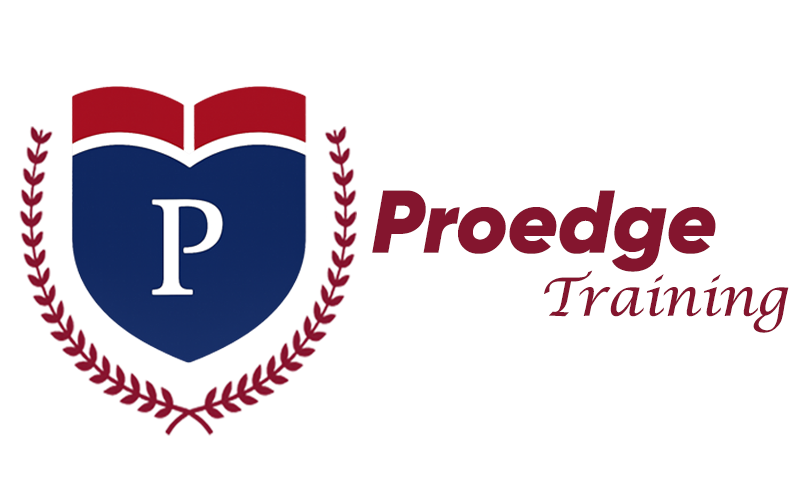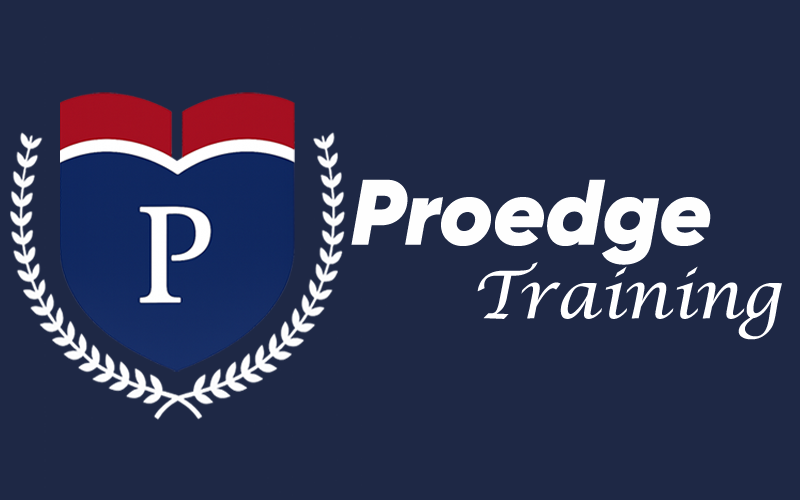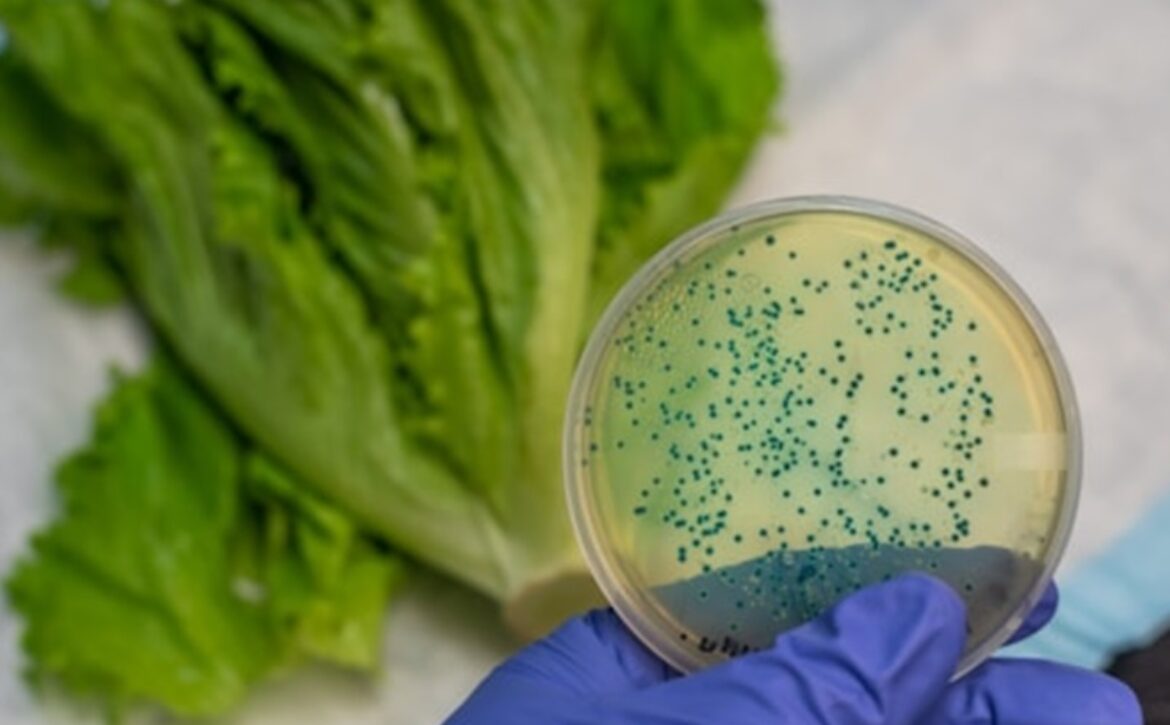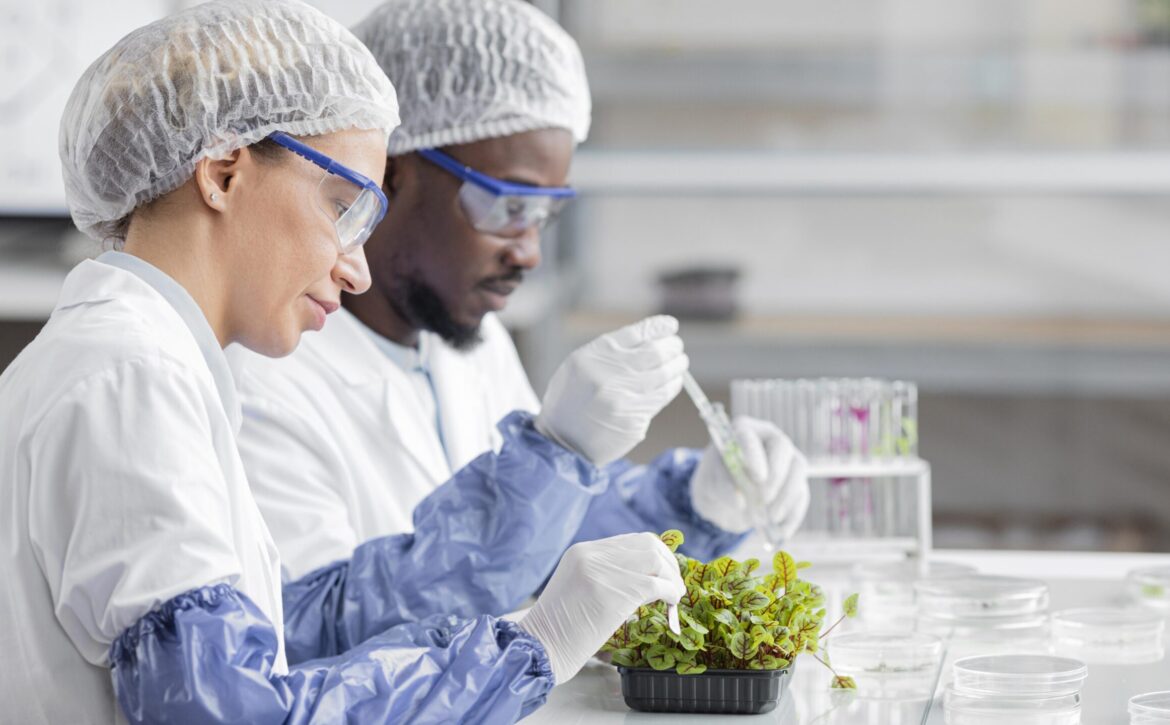
How to Become a Food Hygiene and Safety Expert: Tips & Guide
Becoming a food hygiene and safety expert is essential for any food industry professional. It ensures the safety of consumers and upholds quality standards.
Food hygiene and safety are crucial in preventing foodborne illnesses. Understanding these principles not only protects public health but also strengthens business reputation. Whether you’re aiming for a career in this field or seeking to enhance your skills, knowing how to ensure food safety is vital.
This topic covers the essential steps and knowledge needed to excel. From understanding regulations to learning practical applications, each step brings you closer to proficiency. With dedication and the right guidance, you can master the art of food safety, ensuring every meal served is safe and healthy. Let’s explore how you can embark on this essential career path.

Importance Of Food Hygiene
Food hygiene is crucial in our daily lives. It ensures that the food we eat is safe and free from harmful bacteria. Understanding the importance of food hygiene can help prevent foodborne illnesses and promote overall well-being. Food hygiene involves various practices such as proper food handling, sanitation, and health code compliance. These practices are essential for maintaining the quality and safety of the food we consume. Proper hygiene training programs and food safety management systems play a significant role in promoting food safety and reducing risks associated with food contamination.
Health Benefits
Food hygiene significantly impacts our health. Maintaining high personal hygiene standards in food handling prevents the spread of bacteria and viruses. This reduces the risk of foodborne illnesses, which can lead to serious health issues. Here are some key health benefits:
- Foodborne Illness Prevention: Proper sanitation practices and hygiene training programs help in preventing diseases like salmonella and E. coli infections.
- Enhanced Immunity: Consuming clean, safe food strengthens the immune system.
- Overall Well-being: Good food hygiene practices ensure that nutrients are preserved, promoting better health.
Implementing food safety regulations and food handling guidelines is critical for health code compliance. A table illustrating the correlation between hygiene practices and health benefits can be beneficial:
| Hygiene Practice | Health Benefit |
|---|---|
| Regular hand washing | Reduces spread of germs |
| Proper food storage | Prevents spoilage and contamination |
| Cooking at correct temperatures | Kills harmful bacteria |
Economic Impact
Food hygiene practices also have a significant economic impact. Poor hygiene can lead to food contamination, resulting in financial losses for businesses. Here’s how:
- Cost of Foodborne Illnesses: Businesses may face legal costs and loss of reputation due to outbreaks.
- Improved Efficiency: Proper sanitation practices and food safety certification streamline operations and reduce waste.
- Increased Consumer Trust: Compliance with food safety regulations enhances consumer confidence, boosting sales.
Risk assessment in food safety is crucial for identifying potential hazards and implementing preventive measures. A well-structured food safety management system enhances efficiency, saving money in the long run. Businesses that invest in hygiene training programs and adhere to food handling guidelines are more likely to succeed. Here’s a brief list of economic benefits:
- Reduction in health-related costs.
- Increased customer satisfaction and loyalty.
- Minimized risk of costly recalls.
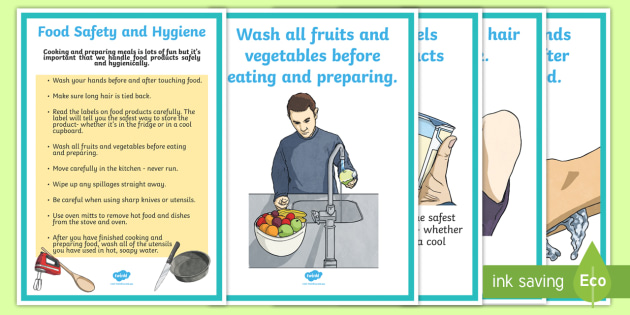
Basic Principles
Understanding the basic principles of food hygiene and safety is crucial for anyone working with food. These principles ensure that food is safe to eat, reducing the risk of foodborne illnesses. Proper food hygiene training and adherence to food safety regulations help in maintaining high hygiene standards. This guide focuses on the basic principles that form the foundation of safe food handling practices.
Cleanliness
Cleanliness is a cornerstone of food hygiene. Regular sanitation practices prevent harmful bacteria from spreading. Maintaining a clean environment is essential in food safety management. Here’s how you can ensure cleanliness:
- Wash hands frequently: Use soap and water before handling food.
- Sanitize surfaces: Clean countertops and equipment regularly.
- Proper waste disposal: Dispose of food scraps and trash daily.
Adhering to these practices keeps the kitchen environment safe. Use the table below to remember key cleaning tasks:
| Task | Frequency |
|---|---|
| Handwashing | Before and after handling food |
| Surface sanitizing | After food preparation |
| Waste disposal | Daily |
Regular cleaning is vital. It supports contamination prevention and maintains hygiene standards. Cleanliness plays a key role in achieving food safety certification.
Cross-contamination Prevention
Preventing cross-contamination is crucial for food safety. Cross-contamination occurs when harmful bacteria spread from one surface to another. Proper food handling and storage can prevent this. Key strategies include:
- Separate raw and cooked foods: Store them separately to avoid cross-contamination.
- Use separate utensils: Use different cutting boards and knives for raw and cooked foods.
- Keep raw meat away: Store raw meat on the lowest shelf in the refrigerator.
Cross-contamination prevention is essential in food safety management. It reduces the risk of foodborne illnesses. The following measures help maintain hygiene standards:
- Implement food hygiene training for staff.
- Regularly review food safety regulations.
- Educate on personal hygiene to prevent contamination.
Safe food handling practices are vital for any food service establishment. They ensure the safety and health of consumers.
Food Safety Regulations
Understanding food safety regulations is crucial for maintaining public health. These rules ensure that food is safe to eat and free from contamination. People working in food hygiene and safety must know the laws that apply to their area and follow international standards. This knowledge helps in preventing foodborne illnesses and ensures that businesses comply with safety requirements.
Local Laws
Local laws play a vital role in food safety compliance. These laws vary from place to place, but they all focus on keeping food safe for consumption. Understanding these regulations is essential for anyone pursuing food hygiene training. Here’s what you need to know:
- Health and Safety Regulations: These rules cover everything from sanitation practices to food storage requirements. They help prevent contamination and foodborne illness.
- Food Safety Audits: Regular audits ensure compliance with local laws. They check if proper hygiene practices are followed.
- Food Safety Certification: Certifications prove that a business meets local health standards. They can be mandatory in some areas.
Local authorities often conduct hygiene audits to assess food safety management systems. They evaluate the risk assessment in food safety and ensure that businesses adhere to the regulations. A table outlining common local food safety laws might include:
| Regulation Type | Description |
|---|---|
| Sanitation Practices | Rules for cleaning and disinfecting food preparation areas. |
| Food Storage Guidelines | Standards for storing food at safe temperatures. |
| Employee Training | Mandatory food hygiene training for staff. |
International Standards
International standards set a benchmark for food safety worldwide. These standards are vital for businesses that operate globally. They ensure that products are safe and meet quality expectations. Here are key elements of international standards:
- Haccp Principles: Hazard Analysis and Critical Control Points (HACCP) is a system used internationally. It focuses on identifying and controlling potential hazards in food production.
- Food Safety Management System: This system includes processes to manage food safety across all stages of production. It ensures consistent quality and safety.
- Risk Assessment in Food Safety: International standards emphasize thorough risk assessments. They help identify potential threats to food safety and implement measures to prevent them.
Food hygiene training is crucial for understanding these standards. Businesses must align with international norms to avoid safety breaches and maintain consumer trust. A table comparing local and international food safety standards might include:
| Aspect | Local Standards | International Standards |
|---|---|---|
| Scope | Specific to regional needs. | Global applicability. |
| Focus | Local health regulations. | Global food safety protocols. |
| Implementation | Region-specific methods. | Universal guidelines. |
Training And Certification
Working in food hygiene and safety is essential for ensuring the public’s health and well-being. Training and certification are key steps to becoming proficient in this field. Understanding food handling practices, sanitation courses, and regulatory compliance is crucial. These aspects not only equip professionals with the skills needed but also ensure they adhere to public health guidelines. Let’s explore the available courses and certification process required to excel in food safety management.
Available Courses
Courses on food hygiene certification offer a range of topics to cover every aspect of food safety. They prepare individuals to meet health and safety regulations effectively. Here are some popular courses:
- Food Safety Training: Focuses on food handling practices to prevent contamination.
- Haccp Training: Teaches principles of Hazard Analysis and Critical Control Points, ensuring food safety standards.
- Sanitation Courses: Covers cleaning protocols and procedures to maintain a hygienic environment.
These courses are designed to cater to different levels, from beginners to advanced professionals. Many institutes offer online and offline classes, providing flexibility for learners. Course duration varies, typically ranging from a few hours to several weeks. The choice depends on the depth of knowledge required and the level of regulatory compliance one needs to achieve. A table can help you compare courses:
| Course Name | Duration | Mode |
|---|---|---|
| Food Safety Training | 5 hours | Online/Offline |
| Haccp Training | 3 weeks | Online |
| Sanitation Courses | 2 days | Offline |
Certification Process
Certification is the next step after completing food safety training. It validates your knowledge and skills in food hygiene practices. The certification process involves several steps:
- Course Completion: Finish the necessary training modules.
- Assessment: Undergo exams or practical assessments to test your understanding.
- Application: Apply for certification through recognized bodies that adhere to food safety standards.
- Approval: Receive certification upon meeting health and safety regulations.
The certification is crucial for demonstrating competency in food safety management and regulatory compliance. It is often mandatory for certain roles within the food industry. Certified professionals are trusted to uphold public health guidelines. This makes certification a valuable asset for career advancement. Ensure you choose a program that offers recognized certification. This enhances your credibility and opens up more opportunities within the food industry.
Common Food Hazards
Food safety is crucial in every kitchen. Understanding common food hazards is key to preventing foodborne illnesses. Food Hygiene Training helps individuals identify and manage these risks. Let’s explore some common food hazards and how to tackle them. This knowledge is vital for anyone pursuing a career in food hygiene and safety.
Biological Hazards
Biological hazards are living organisms that can contaminate food. They include bacteria, viruses, and parasites. These Biological Contaminants can cause serious illnesses if not controlled. Hygiene Practices are vital in minimizing these risks. Here are some common biological hazards:
- Bacteria: Salmonella, E. coli, and Listeria are common culprits.
- Viruses: Norovirus and Hepatitis A can spread through food.
- Parasites: Organisms like tapeworms and roundworms.
Implementing proper sanitation procedures is essential. Regular cleaning and cooking food thoroughly can reduce risks. Risk Assessment In Food Safety should be a continuous process. Monitoring and controlling temperatures also prevent bacterial growth. Training staff in hygiene practices ensures a safer environment.
Chemical Hazards
Chemical hazards involve harmful substances that can contaminate food. These can be naturally occurring or introduced during processing. Chemical Safety In Food is critical to prevent contamination. Types of chemical hazards include:
- Natural Toxins: Some plants and seafood contain toxins.
- Food Additives: Used for preservation or flavoring, if misused, can be harmful.
- Cleaning Agents: Residues from improper cleaning can contaminate food.
Following Food Safety Regulations and standards is crucial. Proper labeling and storage of chemicals prevent accidental contamination. Training staff in Sanitation Procedures and safe handling of chemicals is essential. Achieving Food Safety Certification ensures compliance with safety standards. Implementing a robust system of checks can safeguard against chemical hazards. Regular audits and inspections help maintain high Food Safety Standards.
Personal Hygiene Practices
Ensuring food hygiene and safety is crucial in every food service environment. One of the key elements in achieving this is maintaining personal hygiene practices. Personal hygiene is not just about keeping oneself clean; it’s about preventing contamination and ensuring food is safe for consumption. Proper sanitation practices and food hygiene training play a vital role in this process. Personal hygiene practices are the foundation of food safety regulations, helping to prevent the spread of germs and bacteria. Understanding and implementing these practices can lead to safer food handling and preparation.
Hand Washing Techniques
Hand washing is a fundamental aspect of personal hygiene practices in food service. Proper techniques are essential to prevent contamination and ensure food safety standards are met. Here are some steps to follow:
- Wet your hands: Use warm running water.
- Apply soap: Enough to cover all hand surfaces.
- Scrub thoroughly: Rub hands together for at least 20 seconds. Pay attention to the back of hands, between fingers, and under nails.
- Rinse: Use running water to wash away soap and germs.
- Dry hands: Use a clean towel or air dryer.
Incorporating regular hand washing into sanitation practices is critical. It is recommended to wash hands before and after handling food, after using the restroom, and after touching any surface that may be contaminated. Food hygiene training often emphasizes the importance of hand washing as a key element in contamination prevention.
| Time | Action |
|---|---|
| Before handling food | Wash hands |
| After restroom use | Wash hands |
| After sneezing or coughing | Wash hands |
Protective Clothing
Wearing appropriate protective clothing is another essential personal hygiene practice. Personal protective equipment helps maintain food safety standards by preventing physical and biological contamination. Here are key types of protective clothing:
- Aprons: Protects clothing from spills and splashes. Aprons should be clean and changed regularly.
- Gloves: Used for safe food handling. Change gloves when switching tasks or when they become soiled.
- Hairnets: Prevents hair from falling into food. Essential for any food preparation area.
- Shoes: Non-slip shoes are vital for safety in the kitchen environment.
Wearing protective clothing is part of food safety certification requirements. It minimizes risk and ensures compliance with food safety regulations. Proper use of protective clothing is an important aspect of safe cooking techniques, ensuring both personal safety and contamination prevention. Regular checks and maintenance of protective clothing are necessary. This ensures they are effective in preventing contamination. Food hygiene training programs often include guidelines on using and maintaining personal protective equipment.
Food Storage Guidelines
Proper food storage plays a pivotal role in maintaining food hygiene and safety. Following effective Food Storage Guidelines helps in Foodborne Illness Prevention and ensures Health Regulations Compliance. Understanding and implementing these guidelines is crucial for anyone aiming to achieve Food Safety Certification. This section will explore the key aspects of food storage, including Temperature Control and Shelf Life Management, to foster safe food handling and extend the life of your food products.
Temperature Control
Temperature control is a vital aspect of Safe Food Handling. Keeping food at the correct temperature prevents harmful bacteria growth. Cold foods should be stored at temperatures below 40°F (4°C), while hot foods must be kept above 140°F (60°C). The danger zone between these temperatures is where bacteria thrive. Essential tips for Temperature Monitoring include:
- Use a reliable thermometer to check storage temperatures regularly.
- Ensure refrigerators and freezers are set to the correct temperatures.
- Store perishable goods promptly after purchase or preparation.
Here’s a simple table to help with temperature settings:
| Type of Food | Storage Temperature |
|---|---|
| Refrigerated Foods | Below 40°F (4°C) |
| Frozen Foods | 0°F (-18°C) or lower |
| Hot Foods | Above 140°F (60°C) |
Regular checks ensure compliance with Sanitation Procedures and reduce risks associated with improper food storage.
Shelf Life Management
Understanding shelf life is essential for Food Hygiene Practices. Shelf Life Labeling helps track how long food remains safe to consume. Proper management prevents spoilage and waste. Key strategies include:
- Label food items with purchase or preparation dates.
- Rotate stock using the “first in, first out” method.
- Regularly inspect food for signs of spoilage.
Effective shelf life management involves knowing the typical lifespan of various food items:
| Food Type | Typical Shelf Life |
|---|---|
| Fresh Produce | 3-7 days |
| Dairy Products | 1-2 weeks |
| Canned Goods | 1-2 years |
These practices help in maintaining Health Regulations Compliance and support Food Safety Training initiatives. Proper shelf life management reduces the risk of serving expired or unsafe food, ensuring the highest standards of food safety.
Monitoring And Auditing
Ensuring food hygiene and safety is crucial in any food-related business. Monitoring and auditing play a key role in maintaining high standards. By regularly checking practices, businesses can prevent foodborne illnesses and comply with regulations. This process involves both self-inspections and third-party audits. Each method provides unique insights into the effectiveness of a company’s sanitation practices and food safety management.
Self-inspections
Self-inspections are vital for maintaining food safety and hygiene standards. They allow businesses to identify potential issues before they become problems. Conducting regular self-inspections helps in assessing compliance with personal hygiene standards and sanitation practices. A thorough self-inspection should cover:
- Checking cleaning schedules and ensuring they are followed.
- Reviewing temperature logs for refrigerators and freezers.
- Inspecting storage areas for pest control measures.
- Ensuring all staff adhere to hygiene training programs.
Use a checklist to ensure no area is overlooked. Include sections on food safety audits and risk assessment. Document findings and take corrective actions if needed.
| Inspection Area | Frequency | Responsible Person |
|---|---|---|
| Kitchen Equipment | Weekly | Kitchen Manager |
| Storage Rooms | Monthly | Store Supervisor |
Regular self-inspections enhance the effectiveness of Hazard Analysis Critical Control Points (HACCP) systems. This proactive approach in food safety management aids in foodborne illness prevention.
Third-party Audits
Third-party audits bring an unbiased perspective to food safety assessments. They are conducted by external experts who specialize in food safety certification and compliance regulations. These audits provide a comprehensive review of a business’s food safety systems. Benefits of third-party audits include:
- Identifying areas of improvement that internal teams might overlook.
- Ensuring compliance with national and international standards.
- Building customer trust through proven hygiene and safety records.
During a third-party audit, auditors assess various aspects such as:
- Implementation of hygiene training programs.
- Effectiveness of risk assessment procedures.
- Adherence to personal hygiene standards by staff.
Audit results offer valuable insights into the strengths and weaknesses of current practices. They also guide businesses in enhancing their food safety management systems. This helps in maintaining high standards and ensuring foodborne illness prevention.
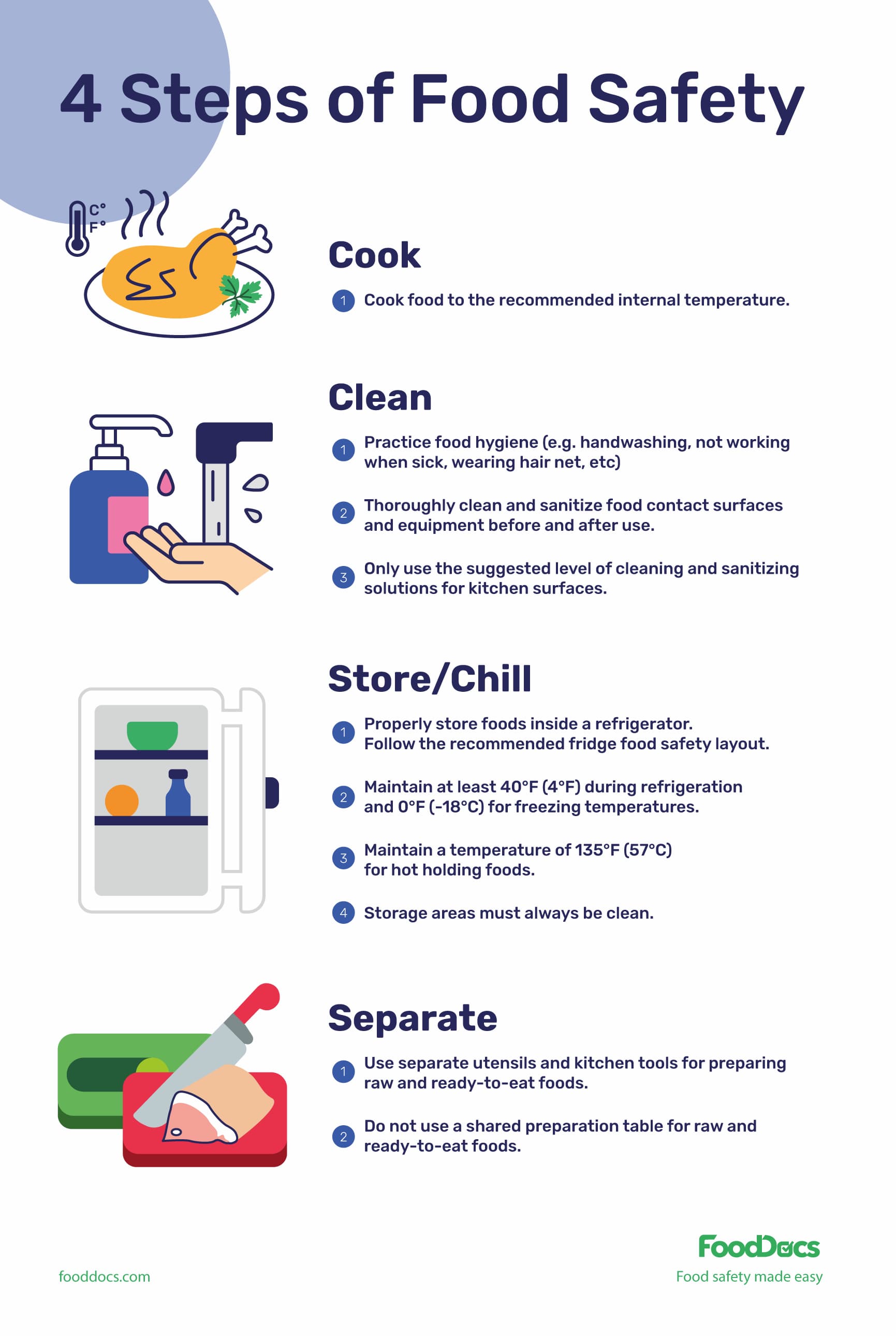
Frequently Asked Questions
How Long Does It Take To Become A Food Safety Inspector?
Becoming a food safety inspector typically requires a bachelor’s degree and relevant experience, taking around 4-6 years. Certification programs may shorten this timeframe.
Which Certification Is Best For Food Safety?
The best food safety certification is the ServSafe Food Protection Manager Certification. It is widely recognized and respected in the food industry. Other notable certifications include the Certified Food Safety Manager (CFSM) and HACCP Certification. These credentials ensure adherence to food safety standards and enhance professional credibility.
How Much Does A Food Handler License Cost In Texas?
A food handler license in Texas typically costs between $7 and $25. Prices vary based on the training provider. Online courses are available and convenient. Check for Texas Department of State Health Services approved programs to ensure compliance. Always verify current costs as they may change.
What Do You Need To Become A Food Safety Specialist?
To become a food safety specialist, earn a bachelor’s degree in food science or related field. Gain experience through internships or entry-level positions. Obtain certifications like HACCP or ServSafe. Develop strong analytical skills, attention to detail, and knowledge of food safety regulations.
Stay updated with industry trends and regulations.
Conclusion
Becoming skilled in food hygiene and safety is essential. Protects health. Boosts trust. Start with learning the basics. Focus on cleanliness. Practice regularly. Follow guidelines. Stay updated with new rules. Gain hands-on experience. It builds confidence. Join courses for deeper knowledge.
Certification helps. Share knowledge with peers. It’s rewarding. Safety impacts everyone positively. Keeps food safe. Keeps customers happy. Your journey begins with small steps. Each step counts. Make it a priority. Make it a habit. Enjoy the benefits. Safe food matters.
Your effort creates healthier communities. Remember, safety is everyone’s responsibility.
